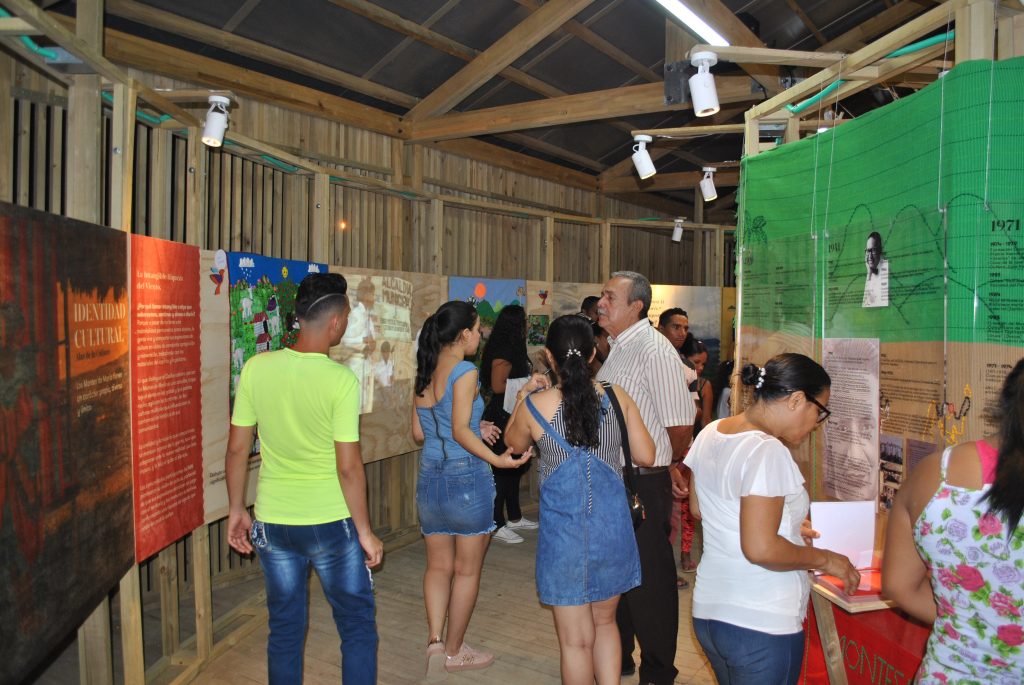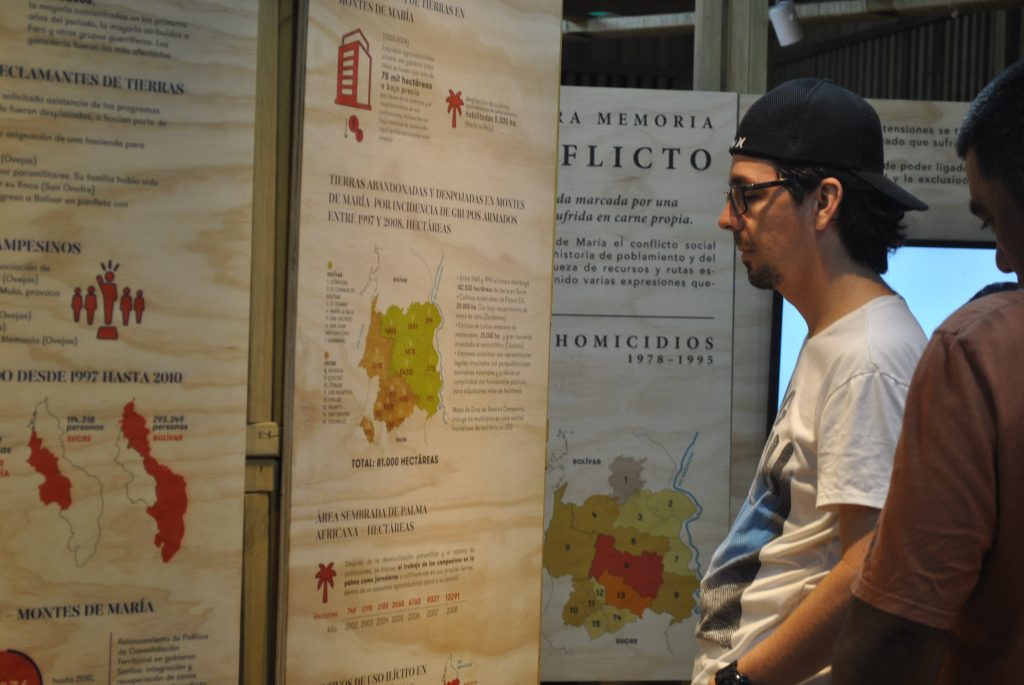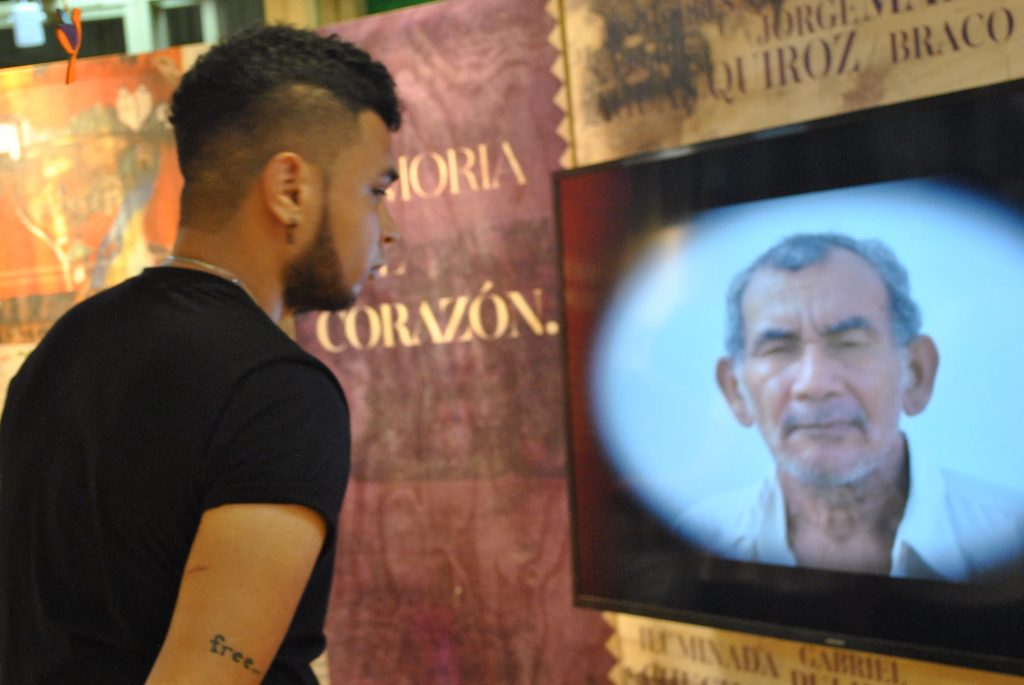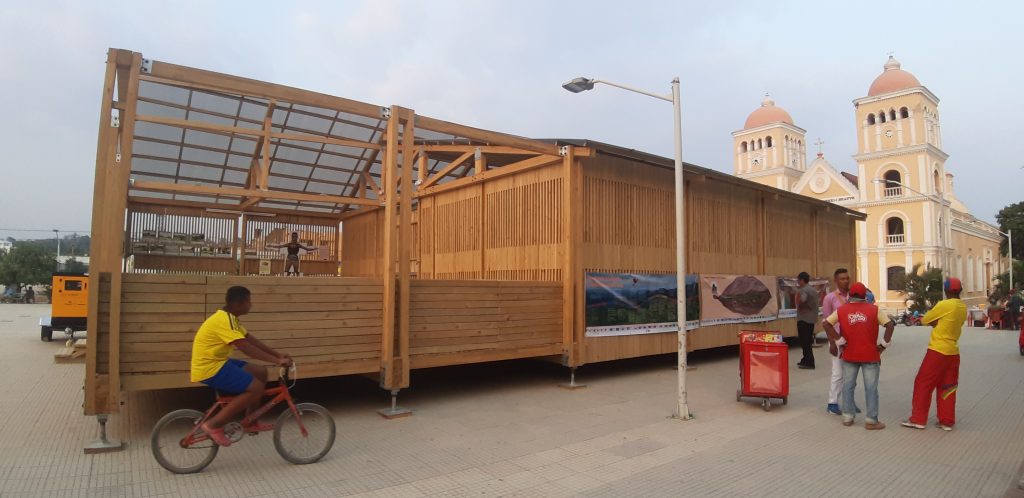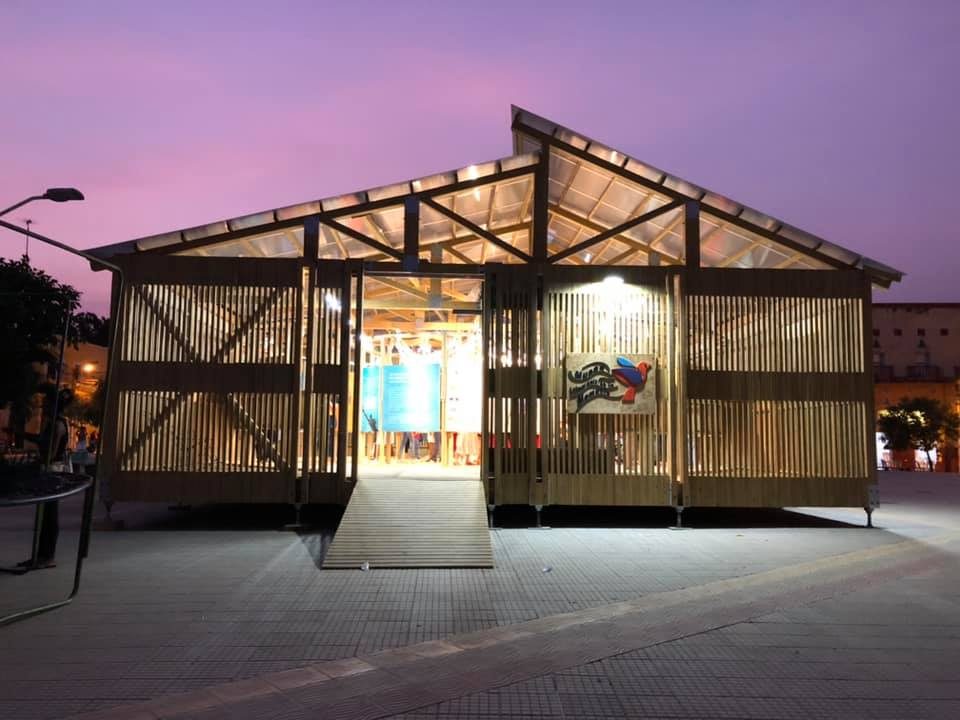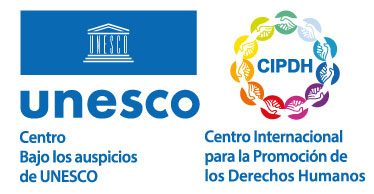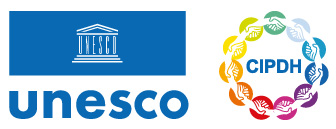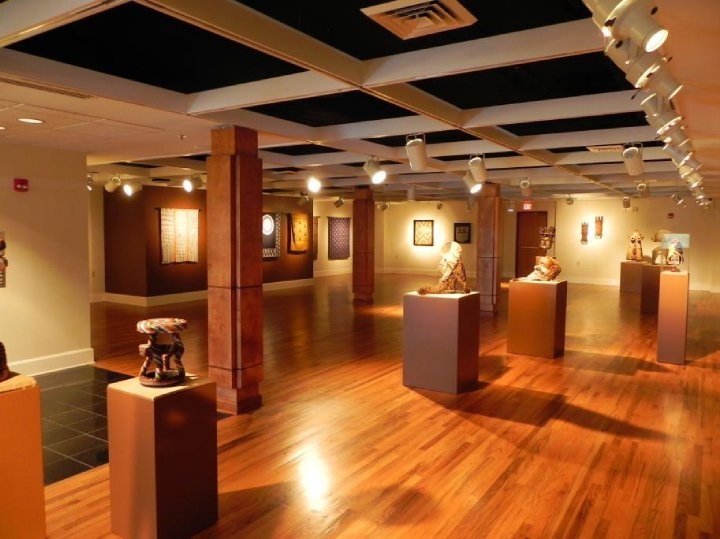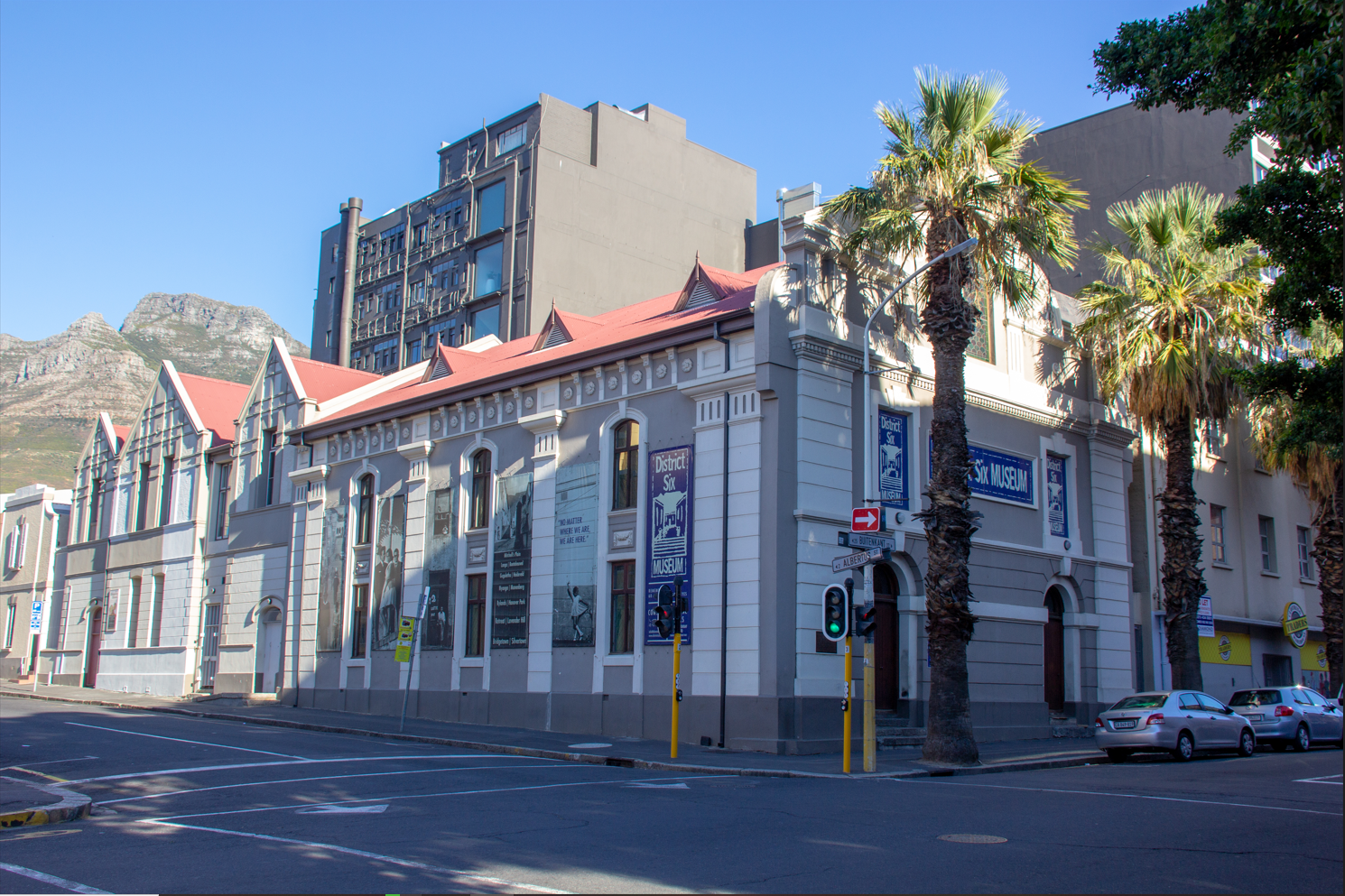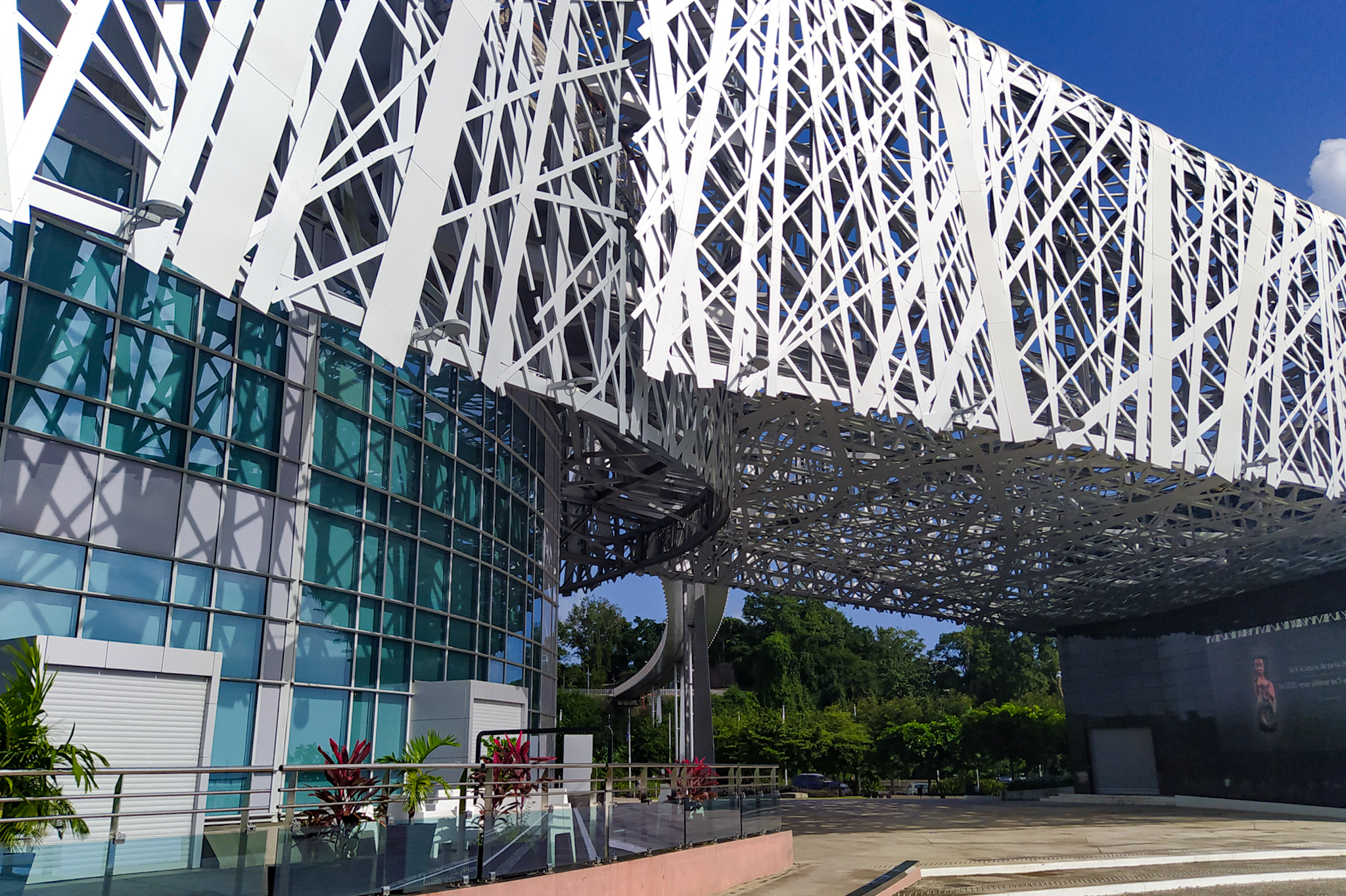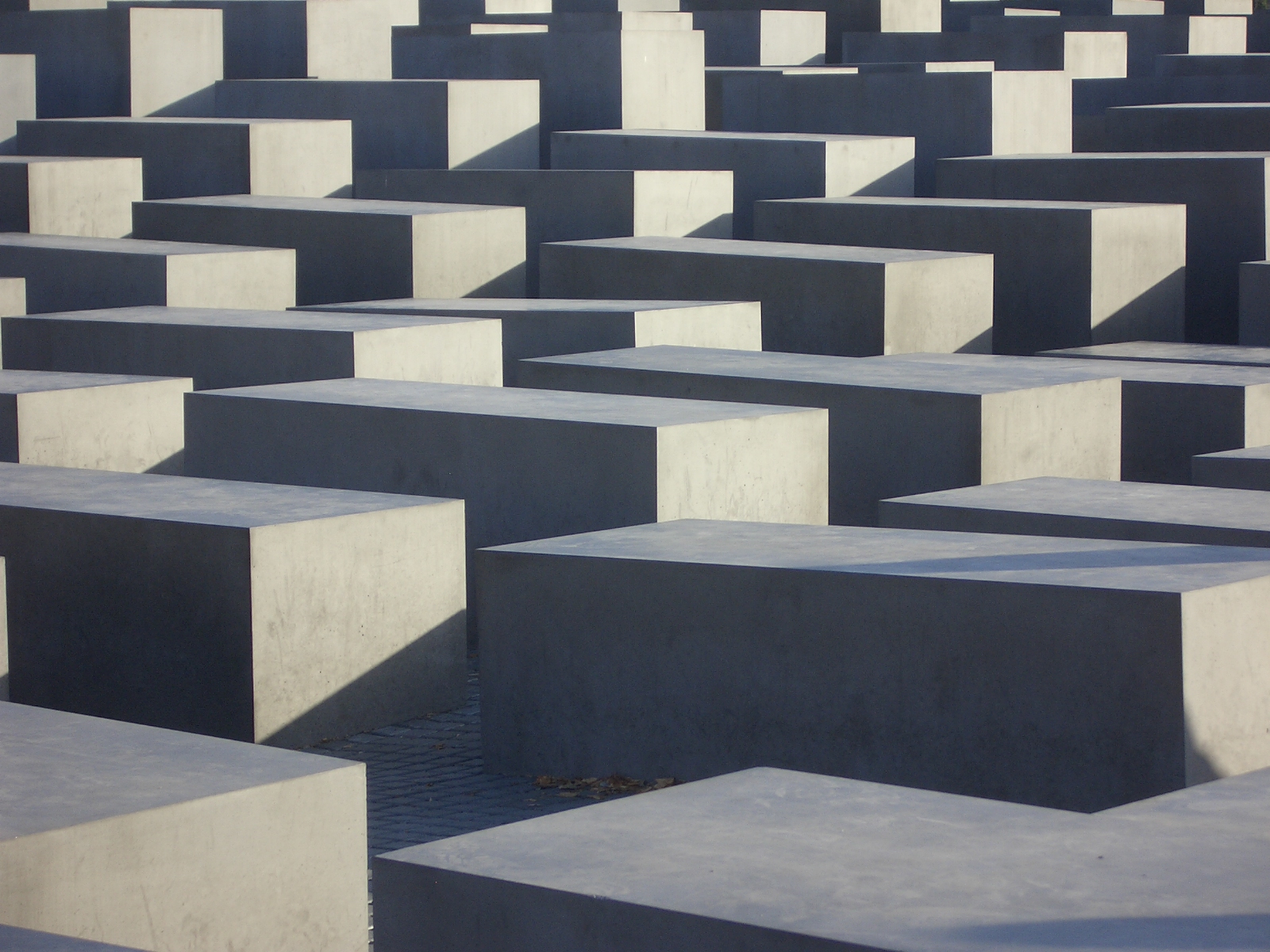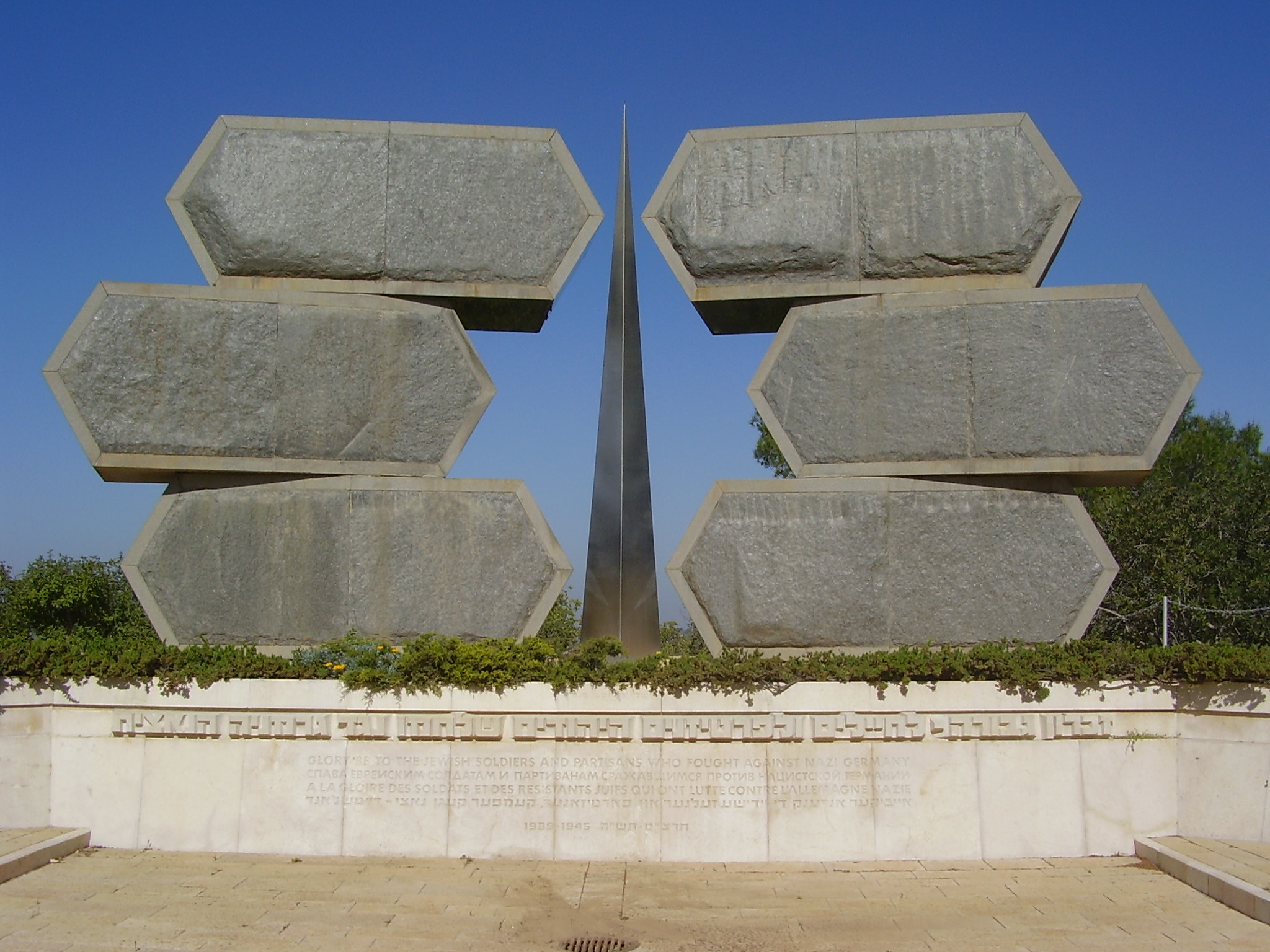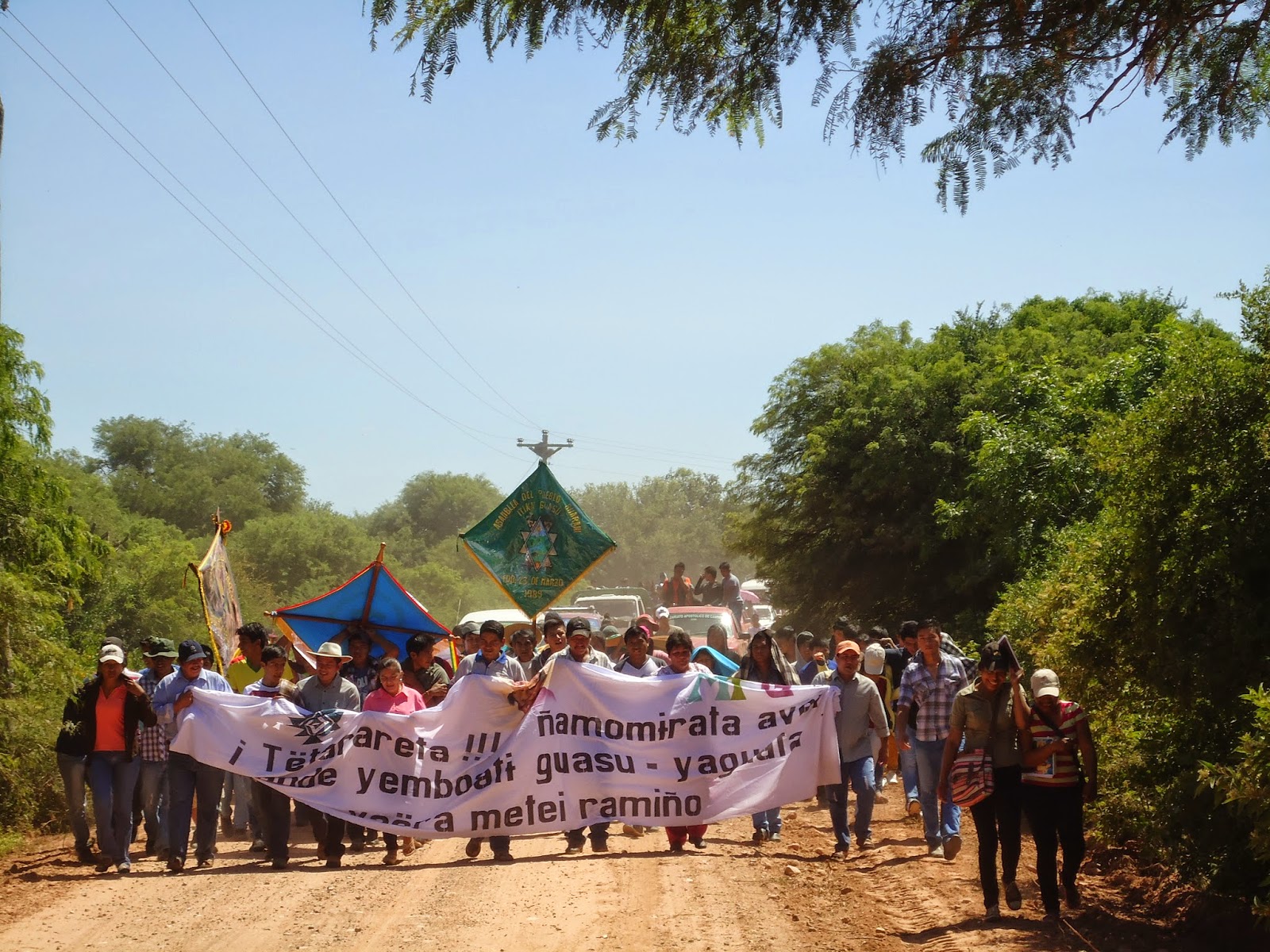Itinerant Museum of Memory and Identity of Montes de María
Museum
Immaterial
Theme: Armed conflict

Address
Country
Colombia
City
Montes de María (Departaments of Sucre and Bolívar)
Continent
America
Theme: Armed conflict
Purpose of Memory
To honor the victims of the armed conflict of the Montes de María region.
Known Designation
El Mochuelo
Institutional Designation
Itinerant Museum of Memory and Identity of Montes de María
Date of creation / identification / declaration
2008
Public Access
Free
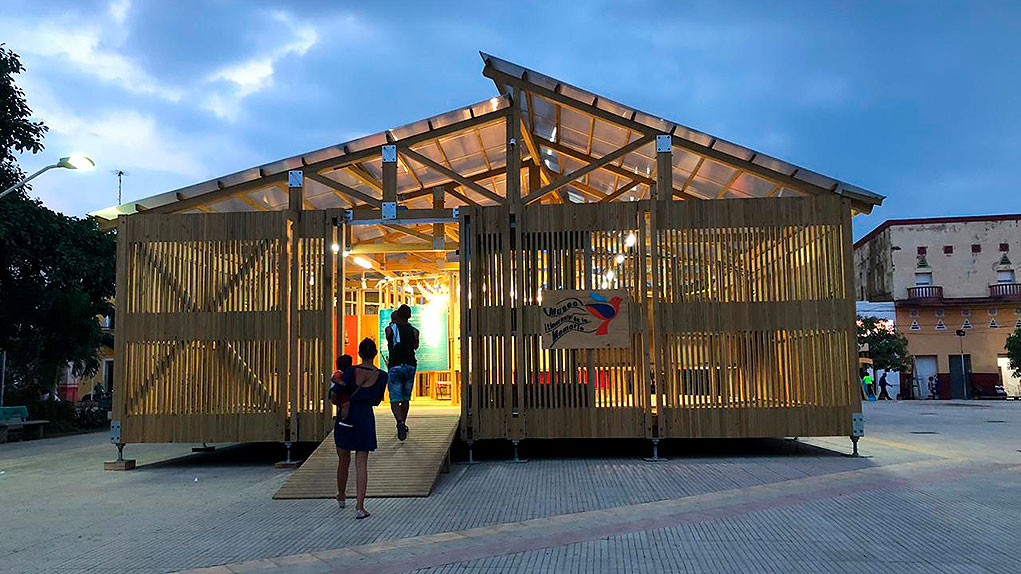
Location description
The Museum defines itself as a platform for symbolic reparation where the public and political voice of the communities affected by the armed conflict in the territory of Montes de María, in the Colombian Caribbean region, is recovered. The museum is itinerant and participatory; its structure is made of light wood, which makes it possible to relocate. Inside, it houses the “tree of life” from which 1,400 leaves with the names of the victims hang; there are also testimonies of the conflict. Films, television and radio have been some of the tools proposed to the community in order to tell their stories and give their testimonies.
At the beginning of the 20th century, the political scene of Colombia was divided between the Conservative Party, which represented the dominant sectors, and the Liberal Party, formed by traders, working-class people and peasants. In 1946, the victory of the Conservative Party after 16 years of Liberal rule caused an increasingly violent situation, which intensified on April 9, 1948, when the leader of the Liberal Party and presidential candidate, Jorge Eliecer Gaitán, was murdered. The event gave rise to demonstrations and riots that were brutally repressed in what is known as “el Bogotazo”, a day on which hundreds of people died. That was the beginning of the historical period known as “the Violence”, which would last until 1958, when a political agreement between Liberals and Conservatives was signed. It is estimated that around 170,000 people died during that period.
By 1960, however, violence increased again, with the emergence of different armed organizations that joined the political conflict, and intensified years later with the action of paramilitary organizations and the connection of guerrilla groups and paramilitary groups to drug trafficking. During the conflict, enforced disappearances, indiscriminate massacres, sexual violence, forced displacement have been perpetrated in Colombia as a result of the illegal appropriation of territories and murders of political and social leaders, among other crimes. Violence decreased due to the demobilization of different armed actors and specifically due to the General Agreement for the Termination of the Conflict and the Construction of a Stable and Lasting Peace between the government and the Revolutionary Armed Forces of Colombia—People’s Army (FARC-EP by its Spanish acronym) in 2016, although, acts of violence and murders of human rights activists kept happening.
According to a report from the National Center for Historical Memory (NCHM), the Colombian armed conflict left 262,197 casualties between 1958 and 2018 and dozens of thousands of victims of enforced disappearance.
The territory of Montes de María has been one of the most affected by the armed conflict. Between 1985 and 2017, 3,197 selective murders and 117 massacres were registered there, as per data provided by the NCHM. The main cause of violence is directly related to the interests on the territory due to its great environmental wealth and its geographical position. This has led to a historical confrontation for its control, possession and use. The misappropriated territories have been turned into cattle ranches, drug corridors and monoculture fields.
Between February 16th and 21st, 2000, one of the most brutal massacres against the civil population of Montes de María took place, when more than 450 paramilitaries arrived to the district of El Salado, in El Carmen de Bolívar, and executed dozens of people in the presence of their family members and neighbors.
The Itinerant Museum of Memory and Identity of Montes de María (MIM) is one of the many memorialization initiatives by Colombian civil society that have been developed for the purpose of honoring the victims of the armed conflict, seeking justice, truth and reparation and demanding guarantees to prevent the crimes committed against its population from happening again.
The MIM is directed by the Communications Group of Montes de María (Colectivo de Comunicaciones de los Montes de María, CCMMLa21), and several national and international organizations, such as the Ministry of Culture of Colombia, the National Center for Historical Memory (NCHM), Corporación de Desarrollo Solidario (CDS), the Latin American Institute for Society and Alternative Laws (ILSA), the Movement for Peace, Disarmament and Freedom (MPDL), the Spanish Agency for International Development Cooperation (AECID), the French Embassy in Colombia and Ibermuseos, have cooperated to create it and make it known.
In the 90s, the arrival of the paramilitary group Héroes de los Montes de María intensified the violence in the region and instilled terror in the population. Amid this situation, in 2002, the CCMMLa21 projected the film “Estación Central” on the walls of the main square of El Carmen de Bolívar. Since then, the movie club “La rosa púrpura de El Cairo” began its activities. Its purpose was to get the people to leave their fear behind and reoccupy the public space. The participation in different activities around the movie club began to increase; for example, groups of memory narrators were formed in the municipalities, districts and streets of Montes de María. All these activities gave rise to and permanently nourish the contents of the Museum.
The objective of the MIM’s itinerant nature is consistent with the democratizing and live spirit that it has had since its inception, seeking to strengthen processes of social participation and making visible the voices that have been historically excluded from the stories of the conflict.
After 11 years of uninterrupted work, on March 15th, 2019, the mobile structure of the MIM was launched, which symbolizes the Mochuelo, an emblematic bird of the region that has inspired many artistic expressions.
The mobile structure has all the creations on memory that have been made during the 11 years of collective work with the people of Montes de María.
